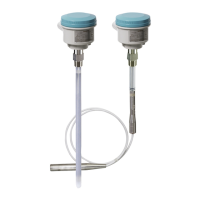
Do you have a question about the Siemens SITRANS LC300 and is the answer not in the manual?
| Brand | Siemens |
|---|---|
| Model | SITRANS LC300 |
| Category | Transmitter |
| Language | English |
Details safety marking symbols used in the manual and on the product.
Illustrates typical installations and advises on substituting application details.
Lists various industries and applications where the SITRANS LC300 is used.
Details the key characteristics and capabilities of the SITRANS LC300.
Guidance on selecting an appropriate location for installation, including warnings.
Information regarding the product's compliance with the PED.
Instructions for safely handling the SITRANS LC300, especially with rod versions.
General safety instructions and considerations for mounting the device.
Guidelines for installing multiple units and avoiding wall restrictions.
Important cautions related to material falling on the unit and surface configuration.
Explains the switched power supply and signal output circuit of the SITRANS LC300.
Step-by-step guide for wiring the device, including grounding.
Covers ATEX, INMETRO, and FM/CSA configurations for hazardous zones.
Details general notes, qualifications, and standards for hazardous environments.
Guide to the SITRANS LC300 user interface, including LCD, rotary switch, and buttons.
Overview of menu functions, rotary switch positions, and display behavior.
Details the display and function of Menu Position 0 (Primary Variable).
Explains Menu Position 1 for setting the Lower Range Value (LRV).
Details Menu Position 2 for setting the Upper Range Value (URV).
Covers Menu Position 3 for analog signal and system fault protection settings.
Explains Menu Position 4 for diagnostic information and fault values.
Details Menu Position 5 for adjusting the damping value.
Procedure for recommissioning the transmitter or probes after replacement.
Guidelines for unit repair and information on liability.
Details supply voltage, measurement signal, and Ex approvals.
Specifies location, altitude, ambient temperature, and humidity.
Covers measurement range, accuracy, linearity, and safety features.
Describes the output signal, specifically the current loop.
Details the local LCD display and rotary switch menu positions.
Information on process connections, probe types, and active shield.
Lists materials used for parts in contact with the medium.
Details construction, ingress protection, and cable entry specifications.
Provides pressure range and temperature range information.
Lists general, hazardous, marine, and overfill protection approvals.
Dimensional drawings for the threaded rod version with a PFA probe.
Dimensional drawings for threaded rod version with PFA probe and stilling well.
Dimensional drawings for the non-insulated, threaded cable version.
Dimensional drawings for the insulated, threaded cable version.
Dimensional drawings for the welded flange version.
Dimensional drawings for welded flange, threaded with stilling well.
Dimensional drawings for the non-insulated, welded flange cable version.
Dimensional drawings for the insulated, welded flange cable version.
Information on the maximum tensile strength of the cable.
Procedure and methods for shortening the sensor cable.
Graphs showing pressure limits against temperature for various versions.
Pressure vs. temperature curves for threaded versions of LC300.
Pressure vs. temperature curves for ASME flanged versions of LC300.
Pressure vs. temperature curves for EN flanged versions of LC300.
Information on accessing product documentation, manuals, and downloads.
How to access serial number-specific product information via PIA Life Cycle Portal.
Information on obtaining technical support and contacting Siemens.
List of abbreviations and their meanings used in the manual.
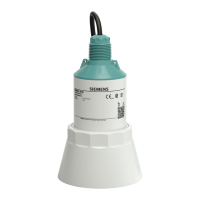

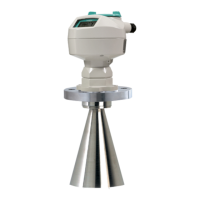
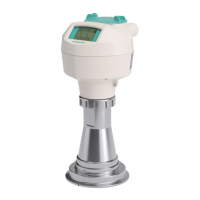

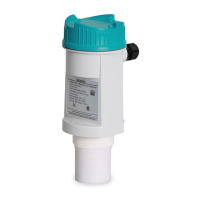


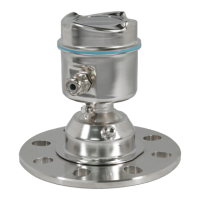
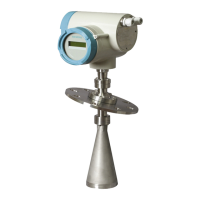
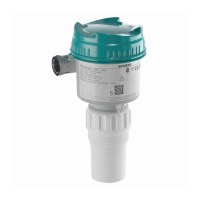
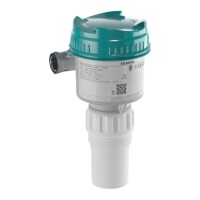
